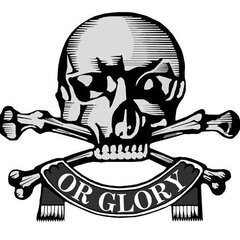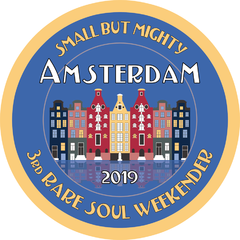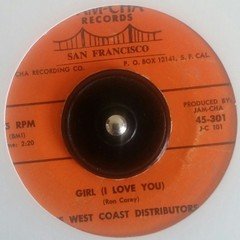- Replies 40
- Views 4.7k
- Created
- Last Reply
Most active in this topic
-
boba 13 posts
-
Simon T 2 posts
-
snooky 2 posts
-
Amsterdam Russ 2 posts
Most Popular Posts
-
The Washington Post article....sorry no picture... Washington's Lost Soul D.C.'s Answer to Motown Failed Nearly 40 Years Ago, But Today Shrine Records Is a British Treasure.
-
Excellent article Chalky and thanks for posting up............. This line might also be pertinent on some other threads "when a handful of British clubs began to host mara
-
does the broken counts 45 still exist with all its pieces? I can potentially get it put back together in such a way that both sides are playable and even fairly sturdy.







Hi all,
I know the obvious titles on this label. But I have to admit to NOT knowing this one.
When I listened to the sound clip associated with this current Sale on a well known interweb site:
I was totally blown away by both sides. What a 45.
Never heard this played out and have no idea who may be lucky enough to own one - even in three pieces. I remember an Andy Rix article in Record Collector maybe ? from a while back. So maybe he has one ?
The bid intervals are the highest I can remember since F.W. came to market.
Cheers............ Tom. Banbury.